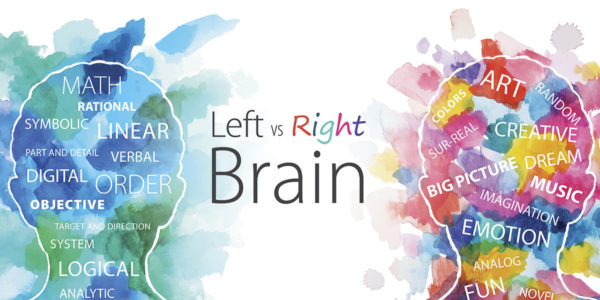The days of Ricky shouting “Lucy! I’m home!” long disappeared along with cathode ray tubes as more and more women participate in the bread winning responsibilities of family life. In a 2013 report from Nielsen, American women enjoy remarkable spending power that continues to grow and currently ranges from $5 to $15 trillion annually.
The concept of marketing towards and appealing to women only recently became a prevalent concept among agencies as more studies show that they control most household spending. In typical male fashion, we only think we rule the roost and make the majority of decisions, but if we’re being honest with ourselves we’re only giving cursory input. Women feel that they also now take a more active role in spousal financial decisions, a domain previously dominated by men.
What does this mean to marketers? To start, it means marketers need to not only market to women, but also decide which generation of women to target. In a report released in July by Ipsos, Boomers (ages 50-59), Gen X (ages 35-49) and Gen Y (ages 21-34) each respond differently to advertising and brands.
Boomers are more in tune to male and female differences and respond better to messages relaying the importance of corporate social responsibility and values.
Women in Gen X busily balance work, social and family lives as they are deep into either forming a family or maintaining one. It then makes sense that her focus concerns price and how a brand affects her family.
The most prominent position within the marketplace by far belongs to Gen Y. These women see themselves as “successful, but also stressed and exhausted” (Ipsos) as well as in an equal opportunity world. But don’t be fooled, she knows she has to fight for that opportunity due to lingering attitudes. Tech savvy and a woman of the world, she shares her experiences with others and doesn’t want to be boxed in by culture or sex.
The bottom line of the report is this: brands need to attune more not only to the differences between men and women, but to the differences among women as well. All women relate to experiences and value, but whether this translates to a want of a rewards program, luxurious satisfaction or a global coherency distinguishes markets. Brands and messages alike now face the challenge of preparing creative messaging unique to the interests, personality and preferences of generations that each grew up in distinctly different times.









